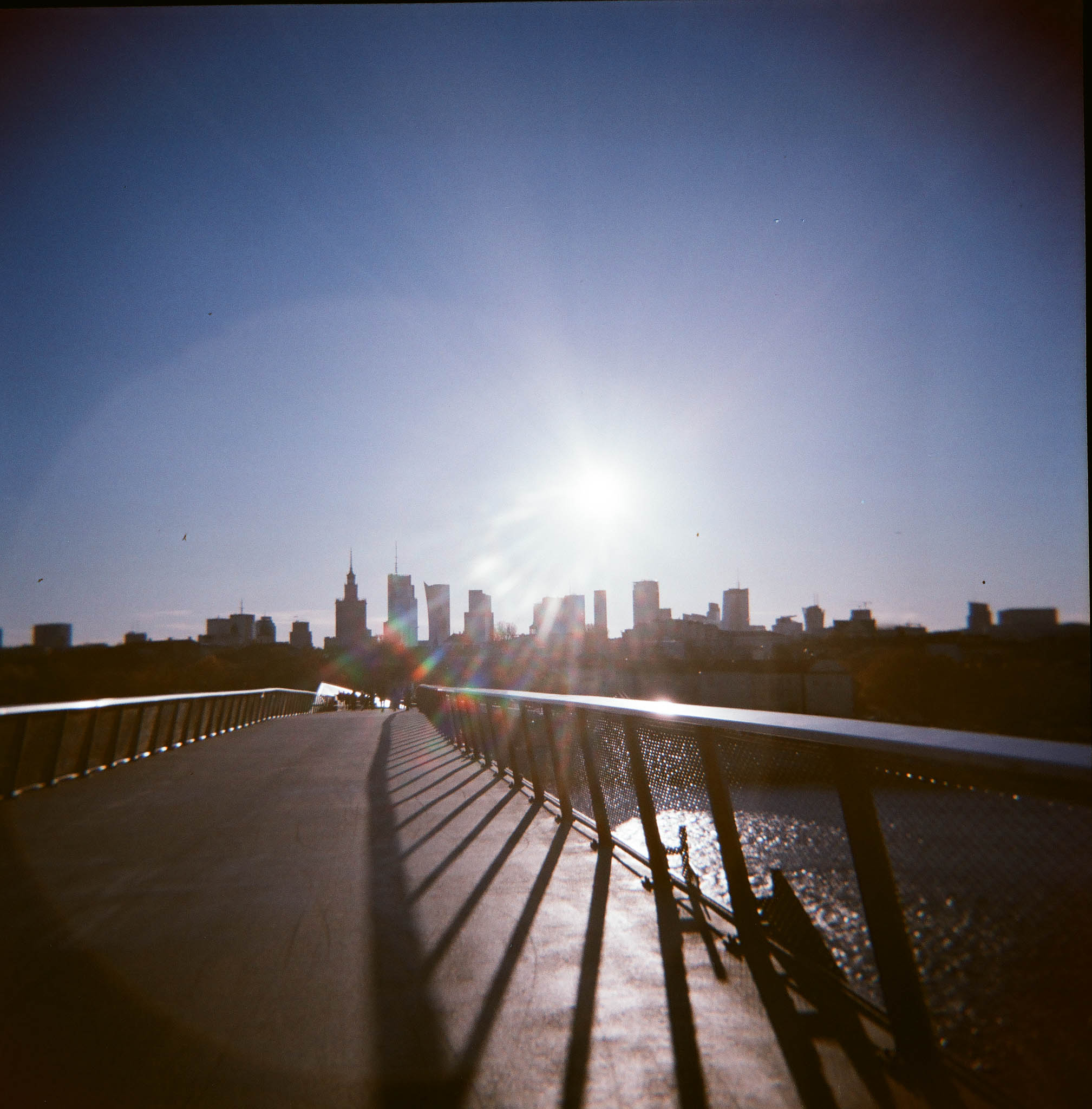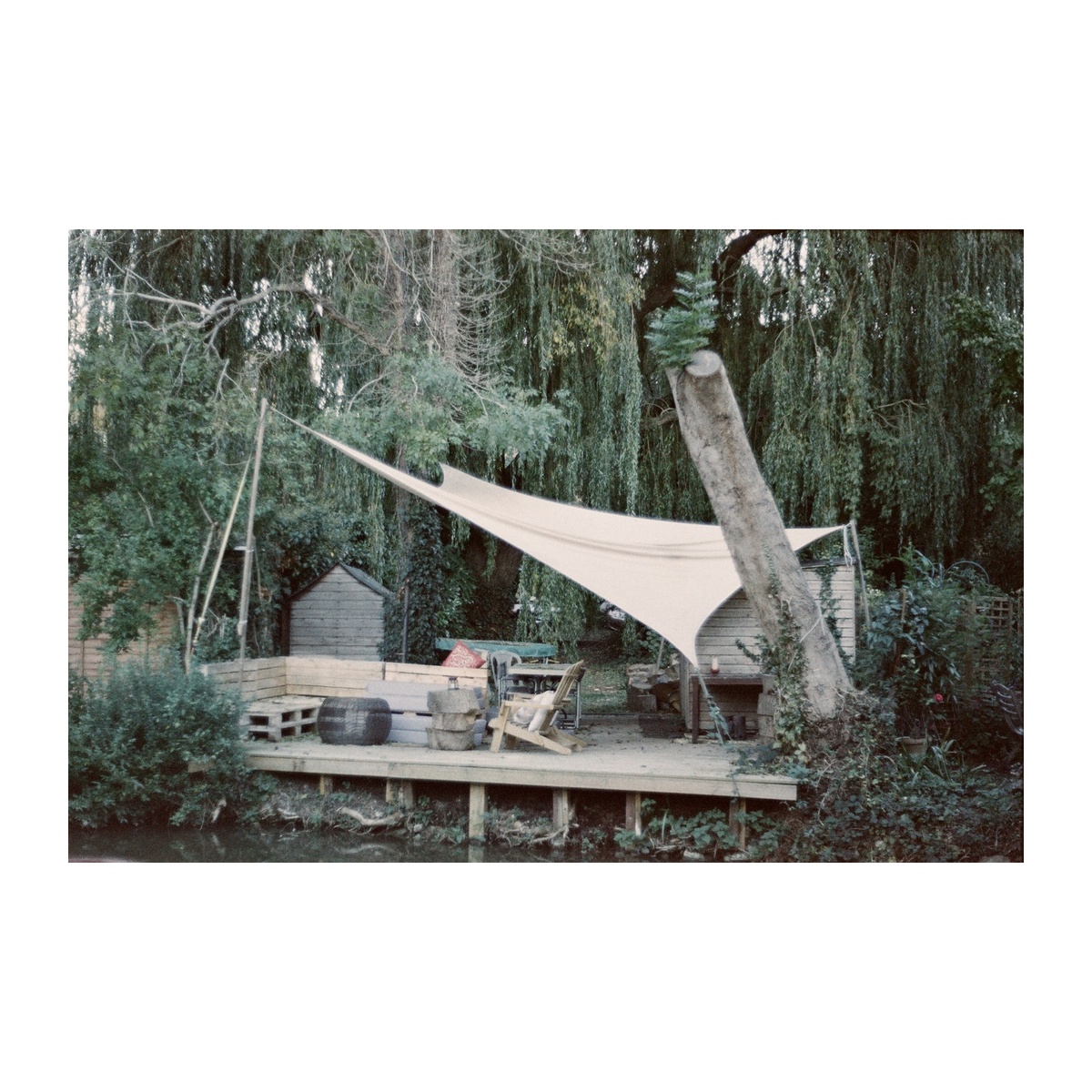Photography
Analog photography
In my spare time I like to take photos with one of the old cameras. I quite enjoy the lomography style of taking photos (Lomography is a photographic style which involves taking spontaneous photographs with minimal attention to technical details; source wiki). I also like to experiment with shooting photos.
I decided to post the photos on my website to make myself choose the shots I like best and keep them for my records.
120 Film – medium format film
120 film is about 60 mm wide and comes in different frame lengths, such as 6 x 4.5 cm, 6 x 6 cm, 6 x 7 cm, and 6 x 9 cm, depending on the camera. The film is wound on a spool and comes in a light-tight paper backing. The film was introduced in 1901 by Kodak and was the most popular film format for professional photographers until the 1960s.
I wanted to try medium format film for a while – I got a Moskva 5 but was so intimidated by it that it took me almost 2 years to finally load the film and take some photos. I loved the results but the camera is quite heavy and bulky so I decided to get a Holga 120 GCFN, which is light, fun, plastic camera with a glass lens and color flash.
Holga 120 GCFM
This beautiful pink camera has gotten me so many compliments in its short tenure with me. I shot my first roll of film with it in Warsaw, Poland in November 2024. Pretty happy with the results, the colors are quite nice and the photos are sharp with the classic Holga vignetting.
35 mm - most popular film format
This is the most popular film format, still frequently used by analog enthusiast. The size of the standard frame withing the film is 24x36mm. However, there are cameras that can either shoot two frames in one shot or shoot panoramic photos spanning multiple frames. It was introduced in 1934 by Kodak and became the most popular film format in the 20th century.
I have a few cameras that use this film, among others:
Praktica BX20 (vintage) – my favorite camera. We’ve been through a lot together, and I thought it died couple of times, but it always came back to life resulting in unexpected, fun double exposures.
Minolta Dynax 404si (automatic SLR from 1999) – it’s a great camera for beginners, it’s easy to use and has a lot of automatic settings; I take it with me if I need to take photos quickly or if I want to share the camera with someone else.
Lomo Smena 8m (vintage, one of the most manufactured plastic camera, produced in the Soviet Union).
Sprocket Rocket (a fun, plastic, camera made by Lomography) – read its review on Matt loves cameras – this is a camera designs for fun and experimentation - with it you can take panoramic photos with exposed sprocket holes.
Also being Polish I had few Zenit cameras, but there are pretty heavy so I don’t use them that often.
Praktica BX20 w/ Pentacon 50mm
Shot in Boston, July 2023 with Praktica BX20 w/ Pentacon 50mm F1.8 on Kodak Color Plus, ISO 200 (pushed +1).
Shot in New York, May 2023 with Praktica BX20 w/ Pentacon 50mm F1.8 on Kodak Color Plus, ISO 200.
Shot in Oxford, October 2022 with Praktica BX20 w/ Pentacon 50mm F1.8 on Lomography Metropolis, ISO 200.
See more here.
Shot in Warsaw/Jablonna, September 2022 with Praktica BX20 w/ Pentacon 50mm F1.8 on Kodak Color Plus, ISO 200.
110 - a tiny film format
This film is quite interesting, it’s quite small with height of the film limited at 16mm, which produces quite grainy photos when enlarged. The film comes in a plastic negative and was introduced in 1972 by Kodak to fit their “pocket size” cameras.
I have two cameras that use this film: Kodak Tele-Ektralite 600 (vintage) and the new Lomomatic 110 from Lomography.
Lommoatic 110
This was the first roll of film I shot with the Lomomatic 110. I used Lomography Tiger, ISO 200 film – I quited liked how the photos turned out, the colors are quite interesting.





















